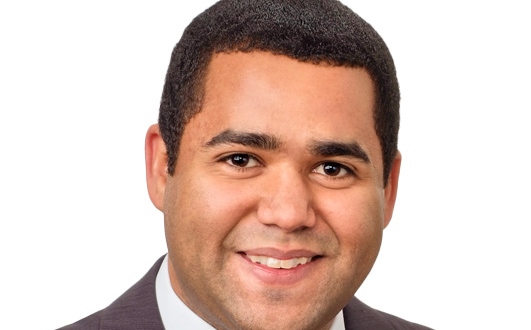5 effective types of reconciliation to help verify your dealership’s accounting
Jan. 11, 2024
This paid piece is sponsored by Eide Bailly LLP.
A version of this article first appeared on EideBailly.com.
A strategic approach to your accounting provides the confidence you need to make important decisions that will impact your dealership’s financial future. Having clear reconciliation systems in place will provide a true indicator of your dealership’s financial health.
Here are five recommended reconciliation strategies to ensure accuracy and verify your dealership’s accounting.
1. Bank reconciliation
Keeping your bank account reconciled is the most basic and critical reconciliation. Many dealerships have a large volume of outstanding checks, which can cause your balance to fluctuate frequently. This means the balance you see in your account may not be accurate.
Some businesses compensate for poor cash control with overdraft lines of credit or hold larger amounts of cash in a checking account. In this case, you should consider the impacts of interest and other fees.
Reconciling your bank account on a regular basis is a simple yet valuable method of making sure your accounting processes are in order. We recommend dealerships complete daily bank reconciliations — or monthly at a minimum.
2. Floorplan reconciliation
Your floorplan is often the largest cost and is an important source of funding. Potential for lost inventory is high. Quick payoffs can limit interest needed to be paid on your floorplan, which is especially important with rising rates. Additionally, many dealerships lose floorplan funding and even have gone bankrupt because of repeat violations. By keeping your floorplan reconciled effectively, you can avoid many negative financial consequences for your dealership.
We recommend floorplans be reconciled monthly. It’s common for dealerships to reconcile at year end or rely on floorplan auditors. However, this practice will not identify misstatements in the general ledger.
3. Factory reconciliation
A franchised dealership’s business relationship with its OEM is key. The open account is used as a receivable and payable for every business line at the dealership. With many different programs and payments flowing through the open account, it is very possible that some may be missed or incorrectly posted. Since payments are typically deducted or paid automatically, without any intervention or reconciliation, the balance of the open account may differ significantly from the actual value.
You should reconcile parts statements to your open account monthly or whenever statements are released. Regular reconciliation helps keep the workload manageable and your information accurate.
4. Retail delivery reporting reconciliation
Retail delivery reporting reconciliation is a comparison between what and when your accounting system reflects the sale of a vehicle and when it is reported to the factory. These reconciliations are useful secondary checks to confirm a vehicle has been reported sold and to ensure that incentives on the sale were received. RDR reconciliations can be done for new and certified pre-owned units.
Consider preparing a monthly reconciliation between monthly deliveries from your factory website or factory representative as well as a list of deals posted in the current month. Once completed, you should share this with your sales department to ensure that corrections are made while the OEM is accepting changes.
5. Inventory reconciliation
As an alternative to an RDR reconciliation, your factory portal will have a separate list or units reflecting your on-hand inventory. You can compare this to your inventory schedule as a method of reconciliation. While this method will not be as direct as an RDR reconciliation for double-checking incentive program earnings, it can ensure dealer trades are recorded.
We recommend you prepare a reconciliation between the inventory schedules and an inventory list from the factory monthly. It is easiest to choose one method and use that moving forward. However, you can reconcile both RDRs and inventory, there will just be some overlap of information.
Verifying your dealership’s accounting
For most dealerships, we recommend monthly reconciliations. However, single stores or smaller businesses may need to reconcile only quarterly as the IRS has different depreciation requirements for assets depending on what quarter it enters service. In that case, it’s a good idea to plan ahead to ensure a clear cutoff.
If you lack the technology, staff or time to complete essential and consistent reconciliations, outsourcing is a good business strategy for many dealerships. Eide Bailly’s dealership advisers are here to guide you and answer all your questions throughout the process.








